

When your calendar resembles a game of Tetris and your chat pings resemble a stock ticker, protecting deep work can feel selfish. It isn’t. High-impact work depends on extended, distraction-free focus, a point Cal Newport popularized in his work on deep work. Meanwhile, collaboration has increased by 50% or more in recent years, with many high performers overtaxed by requests and meetings, rather than results (Harvard Business Review on collaborative overload). The challenge is to carve out focus without coming across as inaccessible. Below are eight pragmatic ways to defend your concentration while keeping stakeholders supported and informed.
1) Put focus time on the calendar with auto decline and visibility
Block 90–120 minutes for deep work when your energy is at its peak. Use tools that make your availability transparent and automatically decline conflicts. In Google Calendar, you can schedule Focus time that appears as busy and automatically declines invitations. In Microsoft 365, a Viva Insights focus plan prebooks daily focus and mutes Teams notifications during those windows (Focus with Viva Insights). Share this recurring block with your team in a public calendar so it feels like the norm, not a personal quirk.
2) Publish a response-time SLA and channel norms
Ambiguity fuels interruption. Create a simple “team comms contract” that specifies where to send what and expected response times (email = 24 hours, project tool = by end of day, chat = 2 hours, @urgent for true emergencies). Encourage async by default—Harvard Business Review argues remote work should be mostly asynchronous. Anchor the policy in science: task switching slows people down and increases errors. Post the SLA in your wiki and pin it in chat so you can point to norms rather than just saying “not now.”
3) Convert status meetings to pre-reads and decision memos
Require a concise pre-read or decision memo 48 hours before any meeting, with an explicit request at the top. If pre-reads aren’t ready, the meeting moves. HBR recommends sharing documents two to three business days in advance to improve meeting quality. You’ll shorten or eliminate meetings and shift more work to async review. Use a simple template: context, options, decision criteria, recommendation, risks. This protects your deep work hours without sacrificing velocity.
4) Establish office hours for real-time access
Create predictable 60–90 minute “drop-in” windows twice a week for quick questions, approvals, or unblockers. Office hours deflect ad hoc pings into scheduled time while signaling that you’re available. Pair this with clearly labeled focus blocks so colleagues know when to reach you and when to wait. This helps curb the collaboration overload that drains top performers. Keep the video room link pinned and reuse the same slot to build the habit.
5) Adopt meeting-free windows at the team level
Individual focus is fragile if everyone else can still book you. Consider setting aside one to two meeting-free days or daily meeting-free mornings for the whole team. Research summarized in the MIT Sloan Management Review found that meeting-free days improved autonomy, communication, engagement, and satisfaction, while productivity rose and stress levels dropped. Start with a six-week test and measure cycle time, throughput, and self-reported focus. Share results to secure buy-in for the long run.
6) Use smart status signals during deep work
Silence notifications and set a visible status that explains when you’ll resurface. Viva Insights can mute Teams during focus time, and a brief status note, such as “Heads down 9–11 a.m.; replies by noon,” reduces follow-ups. This matters because interruptions trigger time-consuming recovery and stress; in a well-cited study, Gloria Mark and colleagues found that interrupted workers worked faster but experienced more stress and frustration. Make it visible, predictable, and consistent.
7) Rotate first-responder coverage to protect maker time
Create a weekly rota so that one teammate handles inbound requests, @channel pings, and quick approvals, while others focus on deep work. This spreads the cost of responsiveness and keeps stakeholders supported. Research on fragmented knowledge work reveals that frequent switching and interruptions are the norm, not the exception (Mark, González, & Harris on fragmented work). Publish the rota in your team channel and add it to calendars. Review volume weekly and adjust staffing to keep the load reasonable.
8) Make your priorities visible to earn trust
On Monday, share a brief post listing your top three outcomes for the week, your focus windows, and how to escalate true emergencies. Tie the visibility to business goals so stakeholders understand why you’re defending time. Microsoft’s Work Trend Index highlights how always-on norms push work into late hours; setting expectations early prevents after-hours catch-up and scattered attention. Share progress on Friday to reinforce reliability and demonstrate that protecting focus drives results.
Closing
Protecting deep work doesn’t require disappearing. It requires clarity, predictability, and team norms that value outcomes over constant availability. Use the tactics above to shift more collaboration to async, compress real-time needs into defined windows, and make support channels obvious. You’ll ship higher-quality work faster—without leaving people hanging.
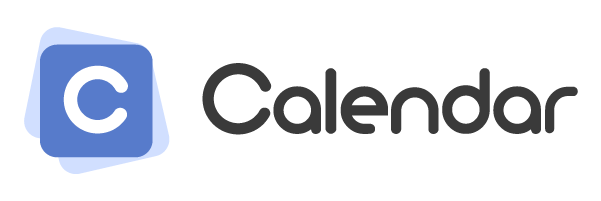

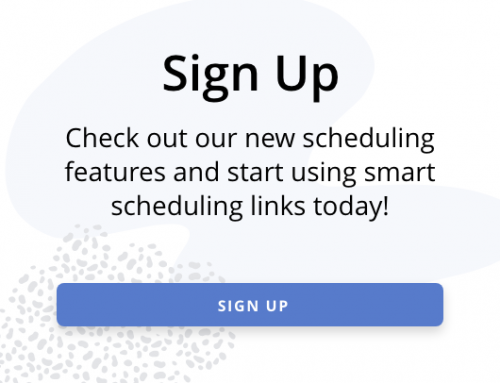



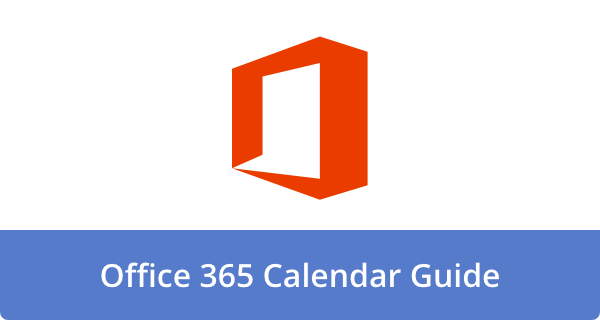
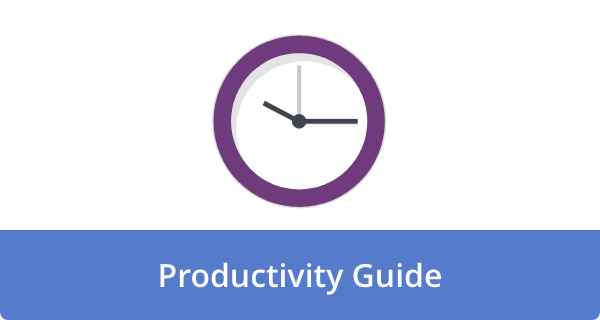
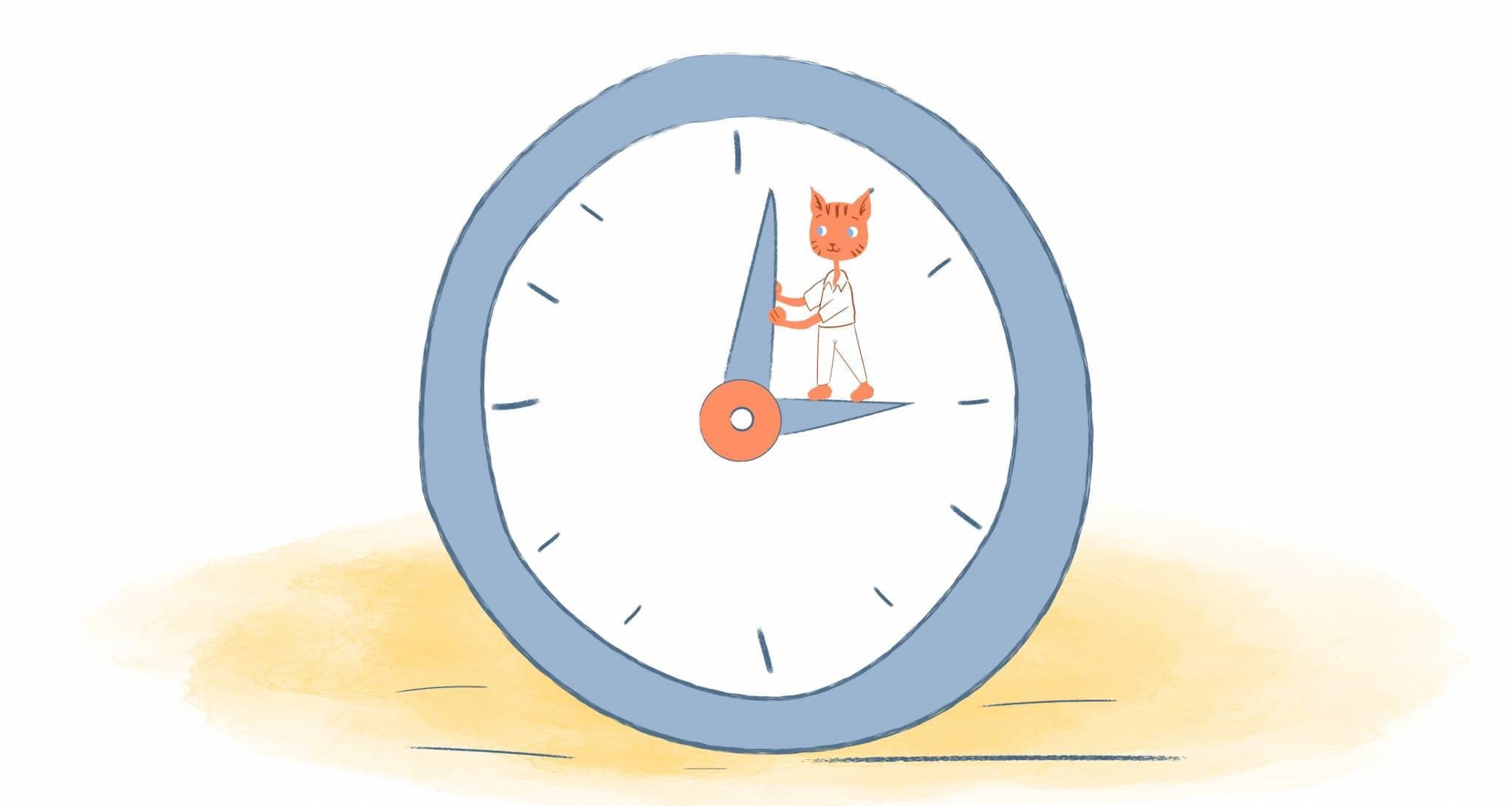


Deanna Ritchie
Editor-in-Chief at Calendar. Former Editor-in-Chief and writer at Startup Grind. Freelance editor at Entrepreneur.com. Deanna loves to help build startups, and guide them to discover the business value of their online content and social media marketing.